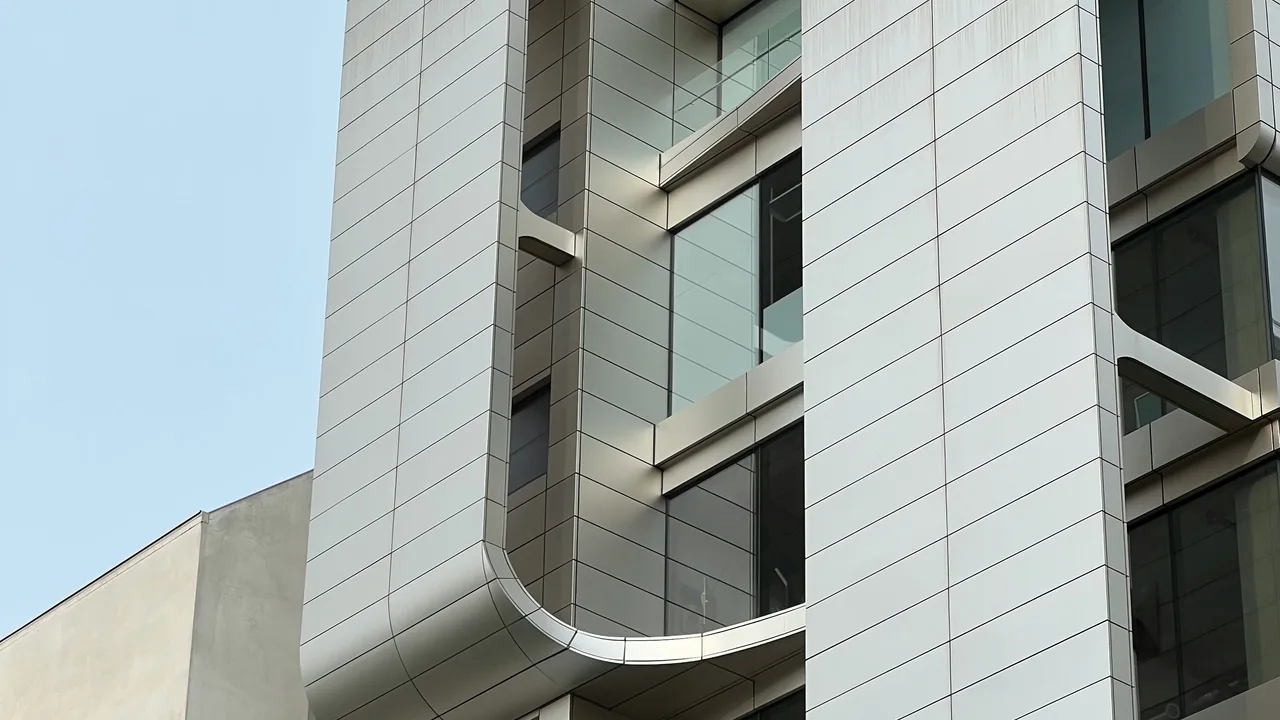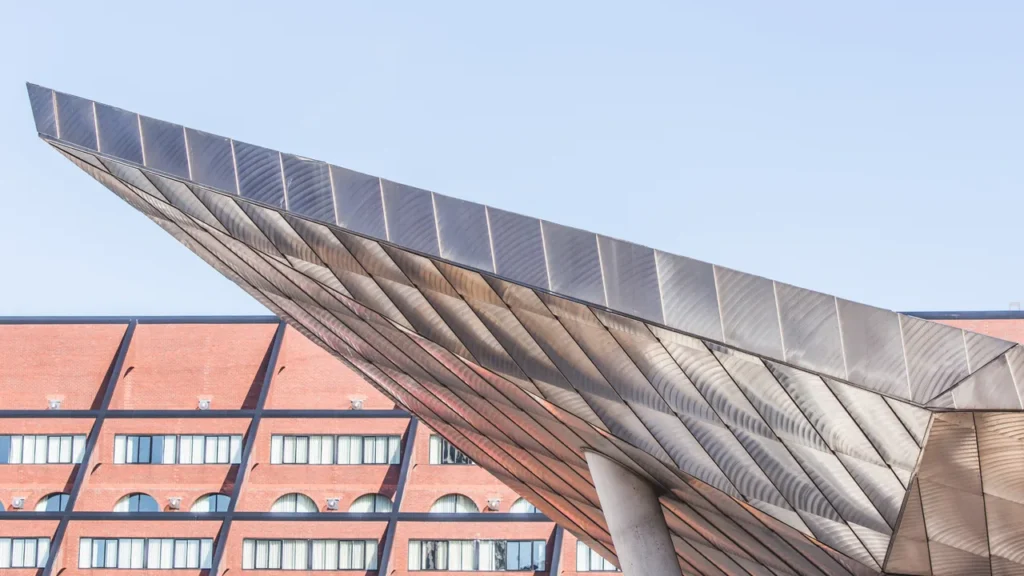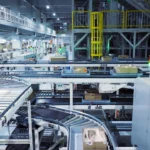In today’s era of rapid industrialization, speed, efficiency, and sustainability define the success of every construction project. Among various building technologies, the steel structure building has emerged as the dominant solution for factories, warehouses, logistics hubs, and energy facilities. Through prefab construction methods and the use of sustainable steel, this approach not only accelerates development but also delivers superior performance, safety, and environmental benefits.
Understanding Steel Structure Buildings
A steel structure building is a framework primarily composed of high-strength steel members that form the skeleton of the structure. These members—columns, beams, trusses, and girders—are manufactured in factories and assembled on site through bolted or welded connections. The concept of modular fabrication allows for precision, reduced waste, and predictable construction schedules. According to the World Steel Association, modern steel solutions enable engineers to build faster, lighter, and more sustainable structures compared to traditional reinforced concrete.
Core Components and Design Features
- Main Frames: Vertical columns and horizontal beams that transfer loads to the foundation.
- Roof and Wall Systems: Corrugated steel sheets or insulated sandwich panels provide protection and thermal performance.
- Connections: Precision-engineered bolts and welds ensure stability and ease of assembly.
- Foundations: Anchor bolts and base plates secure the structure to reinforced concrete bases.
- Protective Coatings: Galvanized or painted finishes extend lifespan by preventing corrosion.
Why Steel Structure Buildings Lead Industrial Construction
The dominance of steel structure buildings in modern industry is no coincidence. Their success lies in four key pillars: speed, strength, sustainability, and cost-efficiency. Each factor contributes to the global shift away from conventional construction models.
1. Speed and Precision
In industrial projects where time equals money, prefab construction allows components to be produced simultaneously with site preparation. Once delivered, steel members can be assembled rapidly using cranes and pre-drilled connections. Compared with concrete curing that takes weeks, steel erection can be completed within days, significantly reducing project duration and financing costs.
2. Strength and Durability
Steel’s high tensile strength and ductility make it ideal for structures exposed to heavy loads or seismic conditions. A well-designed steel structure building can span large areas without internal columns, providing open, flexible layouts required by manufacturing or logistics operations. Its resistance to deformation and fatigue ensures decades of safe service life.
3. Sustainability Through Steel
As sustainability becomes central to global development, sustainable steel production plays a key role. Unlike most materials, steel is 100 percent recyclable without losing its mechanical properties. Many manufacturers now use electric-arc furnaces powered by renewable energy, cutting carbon emissions drastically. In addition, steel buildings generate less on-site waste because every piece is fabricated to exact specifications before shipment.
4. Cost-Effectiveness
While the initial cost of steel may appear higher, its long-term economic benefits outweigh alternatives. Minimal maintenance, quick erection, and reduced downtime translate into substantial savings over the building’s life cycle. Furthermore, prefab construction minimizes labor costs by shifting complex tasks from the field to controlled factory environments.
Prefab Construction Efficiency
The essence of prefab construction lies in its ability to merge design precision with manufacturing efficiency. Advanced software such as Building Information Modeling (BIM) enables engineers to visualize and simulate every detail before production begins. Once components are fabricated, they are transported in modular sections and assembled like a puzzle on site. This system drastically reduces human error, improves safety, and maintains strict quality control.
For industrial developers, this efficiency means earlier commissioning dates and faster returns on investment. A steel structure building can often be completed 40 to 60 percent faster than a conventional concrete facility—an advantage that directly impacts productivity and competitiveness.
Steel vs Concrete: A Practical Comparison
To truly understand why steel leads modern construction, it’s useful to compare its performance against traditional concrete systems.
| Feature | Steel Structure Building | Concrete Building |
|---|---|---|
| Construction Speed | Prefabricated components; quick on-site assembly | Long curing period; slow progress |
| Cost Efficiency | Lower lifecycle cost; minimal maintenance | Higher overall expenditure over time |
| Durability | Flexible, corrosion-resistant with coatings | Heavy, prone to cracks under stress |
| Sustainability | 100% recyclable sustainable steel | High carbon footprint during production |
| Adaptability | Easy expansion or modification | Limited structural flexibility |
Applications Across Industrial Sectors
The versatility of the steel structure building allows it to serve nearly every industrial sector. Its ability to combine speed, scalability, and durability makes it the preferred choice for modern developers.
- Manufacturing Plants: Large, open spans accommodate machinery and cranes without interior supports.
- Warehouses and Logistics Centers: Lightweight frames and high clear heights maximize storage volume.
- Power Plants and Refineries: High load-bearing capacity supports heavy equipment and piping systems.
- Agricultural Buildings: Corrosion-protected frames resist moisture and chemicals in farming environments.
- Commercial Facilities: Hybrid designs with glass façades enhance aesthetics while maintaining strength.
Building with Sustainable Steel
The construction industry is undergoing a transformation driven by environmental awareness and global sustainability goals. At the center of this shift lies the steel structure building, a solution that perfectly aligns with green construction principles. Steel is infinitely recyclable, meaning that buildings can be dismantled and reused without generating waste. By integrating sustainable steel into industrial projects, developers can dramatically reduce their carbon footprint while maintaining structural performance.
Modern steel production techniques such as the electric arc furnace (EAF) process consume significantly less energy and emit fewer greenhouse gases compared to conventional blast furnaces. Furthermore, the increasing use of renewable power in steel manufacturing enhances the environmental credentials of prefab construction systems. These innovations help developers meet international standards like LEED (Leadership in Energy and Environmental Design) and BREEAM, which reward buildings that use low-carbon materials and demonstrate efficient energy use throughout their lifecycle.
Lifecycle Sustainability
A steel structure building offers superior lifecycle performance compared to concrete or timber alternatives. Its long service life, ease of modification, and recyclability all contribute to a smaller environmental footprint. When a steel building reaches the end of its use, 90–95% of its materials can be recovered, reprocessed, and reincorporated into new structures. This circular economy approach positions steel as the material of choice for modern industrial projects focused on sustainability and resilience.
The Rise of Smart and Hybrid Prefab Systems
As industrial needs evolve, technology continues to redefine what’s possible in prefab construction. Advanced digital tools such as Building Information Modeling (BIM), 3D laser scanning, and digital twins enable engineers to simulate entire projects before breaking ground. These innovations eliminate design errors, optimize material use, and improve coordination between designers, fabricators, and contractors.
In addition to digitalization, hybrid systems that combine sustainable steel with other materials—such as aluminum, composite panels, and smart glass—are gaining traction. These hybrid structures offer improved insulation, acoustic control, and architectural flexibility while retaining steel’s inherent strength and adaptability. Robotics and automated assembly lines further accelerate production, bringing construction closer to a precision-driven manufacturing model.
Global Adoption and Case Studies
Across the world, governments and developers are embracing steel structure buildings to meet rising industrial and logistical demands. The combination of rapid erection, long spans, and durability makes steel the go-to solution for projects of all scales.
Asia-Pacific Region
In China, South Korea, and Japan, steel-based prefabrication has become standard practice for factories and warehouses. National infrastructure programs actively promote sustainable steel initiatives to reduce CO₂ emissions. Many megaprojects, including port terminals and automotive plants, utilize modular designs that can be replicated quickly across different sites.
Middle East and Africa
Rapid industrialization in countries such as Saudi Arabia and the United Arab Emirates has fueled demand for large-span steel structure buildings. Prefabricated systems are used extensively in oil and gas facilities, aviation hangars, and logistics zones where high structural performance and corrosion resistance are crucial. Similarly, in Africa, cost-effective steel frameworks have enabled the expansion of power stations, workshops, and warehouses under challenging climates.
Europe and North America
In Europe and the United States, sustainability regulations have accelerated the adoption of prefab construction using recycled and low-carbon steel. Industrial developers increasingly prioritize energy-efficient designs that reduce operational costs over time. Iconic examples include automotive factories, aerospace facilities, and research centers that showcase the versatility and beauty of modern steel architecture.
Comparing Global Standards and Codes
To ensure consistency, steel structure buildings are governed by international design codes such as Eurocode 3, AISC, and GB standards. These codes outline material strength, load capacity, and safety requirements, ensuring uniform quality worldwide. The harmonization of design and fabrication standards also supports global supply chains, allowing prefabricated steel components manufactured in one region to be assembled seamlessly in another.
Economic Benefits of Steel Structure Buildings

Beyond technical performance, the financial benefits of prefab construction are undeniable. Shorter construction cycles mean faster turnover and earlier revenue generation. Reduced material waste and optimized logistics minimize operational costs. Steel’s light weight also cuts foundation expenses by up to 30%, a significant advantage in large-scale industrial projects.
Moreover, the flexibility of a steel structure building allows businesses to expand or modify facilities with minimal disruption. Additional bays, mezzanines, or extensions can be added to accommodate new production lines or warehousing needs. This adaptability protects long-term investment, ensuring that buildings remain functional even as business requirements evolve.
Safety and Performance
Safety remains a defining feature of modern steel structure buildings. Steel’s predictable behavior under stress, fire, or seismic activity gives it a decisive edge over other materials. Fire-resistant coatings, heat shields, and anti-corrosion treatments enhance durability even in harsh industrial environments. For facilities housing sensitive equipment or hazardous materials, steel structures provide unparalleled protection and stability.
Precision Engineering and Quality Control
Because steel components are manufactured under controlled factory conditions, quality is maintained at every stage—from material testing to assembly line production. This precision results in minimal deviation during erection, reducing the risk of alignment errors and ensuring that finished structures meet exact engineering tolerances. Quality assurance procedures such as non-destructive testing and ultrasonic inspection further reinforce safety and reliability.
Future Outlook
The future of industrial development lies in intelligent, sustainable, and adaptive structures—and steel structure buildings perfectly embody that vision. As the construction sector integrates AI, IoT, and robotics, steel systems will become even more efficient and automated. Prefab construction will evolve into “smart manufacturing,” where data-driven design and digital supply chains redefine how infrastructure is delivered.
With the continued advancement of sustainable steel production and circular economy initiatives, the global industrial landscape is set for a cleaner, greener future. Whether for manufacturing, logistics, or energy, the steel structure building will remain at the core of modern progress—stronger, faster, and more sustainable than ever before.
Conclusion
The steel structure building has proven itself as the dominant force in industrial construction by combining speed, efficiency, and environmental responsibility. Through prefab construction methods and the adoption of sustainable steel, it provides a practical path toward future-ready infrastructure. As industries worldwide push for faster project delivery and greener solutions, steel will continue to shape the skyline of modern innovation.



